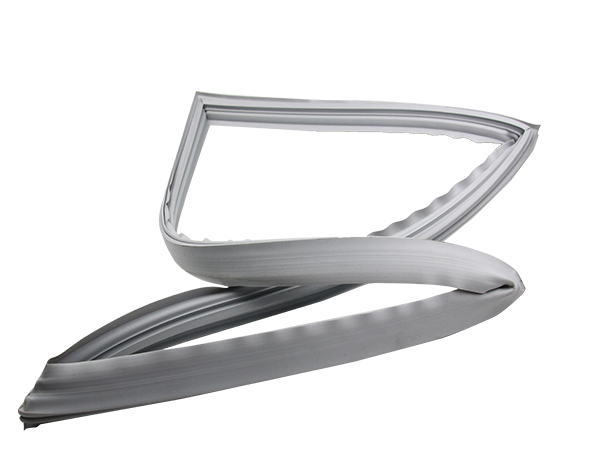Nov . 12, 2024 12:37 Back to list
d-type ship anti-collision rubber sealing strip
The Importance of D-Type Ship Anti-Collision Rubber Sealing Strips
In the maritime industry, ensuring the safety of vessels is paramount, and one essential component contributing to this safety is the D-type ship anti-collision rubber sealing strip. Designed with innovative engineering and durable materials, these strips serve as a critical barrier to protect ships and docking facilities from potential damage during berthing and mooring operations.
Understanding D-Type Sealing Strips
D-type rubber sealing strips are characterized by their distinctive D shape, which offers flexibility and strength. This design not only contributes to their effectiveness in absorbing impacts but also allows them to adapt to different surfaces and conditions of ships and docks. Made from high-quality rubber compounds, these sealing strips possess excellent resilience and can withstand harsh marine environments, making them ideal for use in ports and along ship hulls.
Functionality and Benefits
The primary function of D-type anti-collision rubber sealing strips is to absorb and dissipate energy during impacts, thus minimizing the risk of damage to both the vessel and the dock. When ships make contact with the docking infrastructure, the soft yet resilient properties of the rubber strips act as a cushion, reducing the impact force. This function is crucial in preventing structural damage and costly repairs, ensuring that operations can continue smoothly.
Moreover, these sealing strips help in reducing noise and vibrations during the berthing process. The cushioning effect provided by the rubber significantly lessens the sound produced during the ship's arrival, which is beneficial in busy port areas where noise pollution can be a concern.
d-type ship anti-collision rubber sealing strip

The installation of D-type seals also enhances the overall longevity of ships. By mitigating the wear and tear associated with repeated docking maneuvers, these strips help maintain the integrity of a ship’s hull and docking areas. In turn, this leads to lower maintenance costs and extended service life for both vessels and ports.
Adaptability to Conditions
Another significant advantage of D-type rubber sealing strips is their adaptability to various environmental conditions. These seals are resistant to saltwater, UV radiation, and temperature fluctuations, which makes them reliable regardless of the shipping location. Whether a ship is docked in a tropical harbor or a colder region, the performance of D-type seals remains consistent, providing continuous protection and peace of mind to ship owners and operators.
Installation and Maintenance
Installing D-type sealing strips is a straightforward process, often completed by skilled dockworkers or ship maintenance teams. These strips can be fitted onto various surfaces, including concrete docks and the hulls of ships, with adhesive backing or mechanical fasteners. Regular inspections and maintenance of the sealing strips are essential to ensure their efficiency over time. Replacing worn or damaged sections promptly can prevent larger issues, ensuring that vessels remain protected.
Conclusion
In summary, the D-type ship anti-collision rubber sealing strip is an indispensable component in maritime operations. Its unique design and robust construction provide excellent protection against collisions, thereby safeguarding vessels and docking infrastructure. The use of these sealing strips not only enhances safety but also contributes to cost-effectiveness by reducing potential damage and maintenance needs. Given the dynamic and often challenging conditions of the marine environment, investing in high-quality D-type sealing solutions is a prudent choice for ship operators and port authorities committed to ensuring safe maritime operations. As the maritime industry continues to evolve, innovations like the D-type sealing strip will play a pivotal role in enhancing navigation safety and efficiency.
Next:
Prev:




